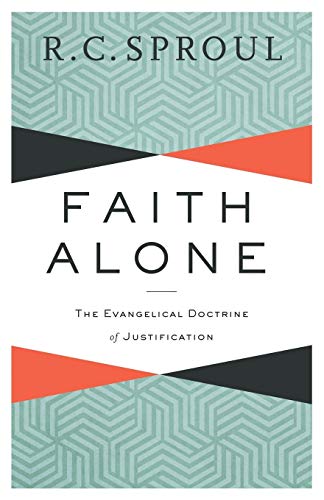Customs and Controversies: Intertestamental Jewish Backgrounds of the New Testament
Written by J. Julius Scott Jr Reviewed By Craig L. BlombergIn 1963 Scott, currently Professor of Biblical and Historical Studies at Wheaton College in Illinois, wrote a short manuscript on the intertestamental period but never published it. Now, more than 30 years later, he has substantially expanded and updated the work to create a very useful textbook. The volume offers a thorough and enlightening survey of Second Temple Judaism, including historical, political and religious developments, both institutionally and ideologically. In addition, Scott treats the geography of the land of Palestine and the social world and common life in everyday first-century Israel. All of this is accomplished with an awareness of the problems of the ancient sources, with respect to both their purposes and trustworthiness. En route, Scott devotes specific attention to the individual Jewish sects or parties, to apocalyptic thought, to eschatology and the kingdom of God more generally, to messianic hope, to covenant and law, and to Jewish attitudes towards Gentiles.
For those weak in OT backgrounds, Scott’s historical survey begins with a brief review of the whole of Hebrew Bible history, slowing down and covering in more detail the period from 586 BC onwards. Scott’s central thesis is that two periods of crisis created the distinctive customs and controversies of intertestamental Israel: the Babylonian exile in the sixth century BC and the arrival of Hellenistic culture in the fourth century BC. Scott’s survey helpfully balances material that is important historically in its own right with what is of particular interest as background for better understanding the NT, and these connections are often spelled out.
With respect to the most overtly religious developments. Scott is aware of the revolutions in both content and method that the study of first-century Palestinian Judaism and its predecessors has undergone as a result of the prolific contributions of both E.P. Sanders and Jacob Neusner. But in many cases he maintains older conclusions that may indeed be defensible, but without interacting with more recent research to the contrary. In a few cases, the literature in the footnotes betrays that Scott is not concerned with the state of the art of a given topic, most notably in his discussions of the Son of Man and Servant of the Lord (pp. 311–18) or of the God-fearers (pp. 346–7). Perhaps the successive stages of the composition of the manuscript account for these unevennesses. On the other hand, Scott is right up to date in incorporating the finds from the most recently translated Dead Sea Scroll fragments.
Overall, the volume offers a very detailed yet readable treatment of its topic, clearly relevant for the Christian student yet valuable for numerous other readers as well. Eight appendices, an ample bibliography and detailed indices of subjects and ancient sources conclude the volume. Helpful charts and diagrams are also scattered throughout.
Craig L. Blomberg
Craig L. Blomberg
Denver Seminary
Denver, Colorado, USA







